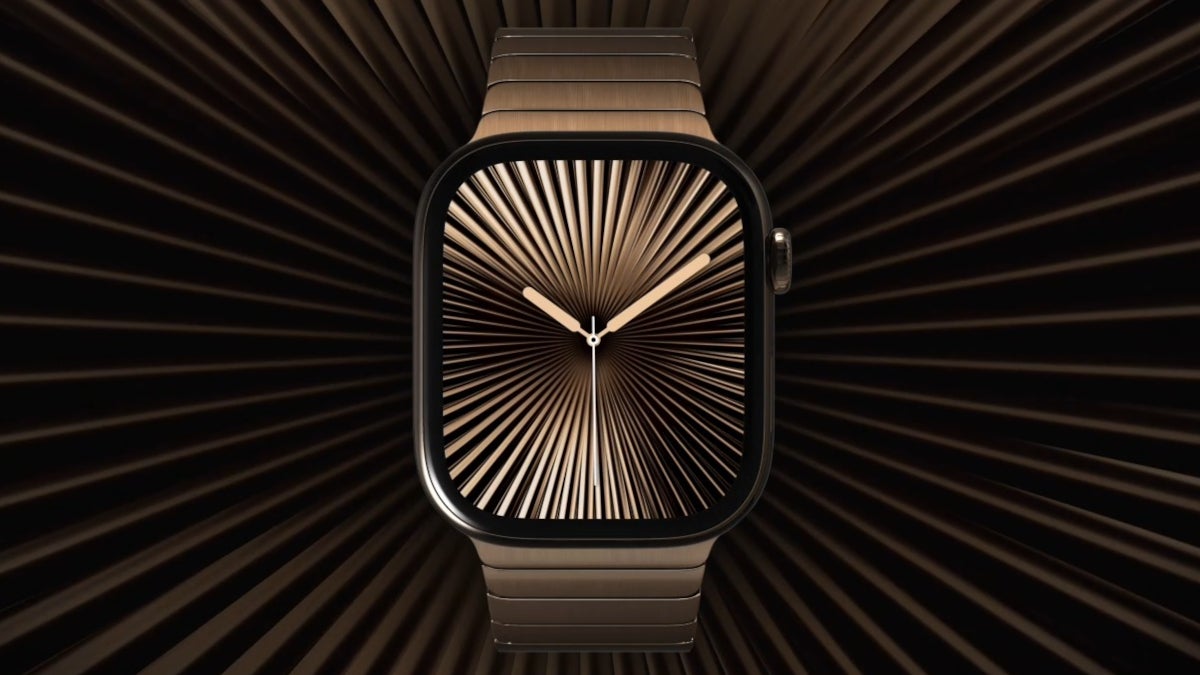Jump to: Today’s Theme | Tricky Clues
THURSDAY PUZZLE — As the columnist who tackles the Thursday puzzles, I’m usually witness to readers’ frustrations with the so-called “trickiest” day of the week for New York Times Crosswords. They’re not the hardest — that distinction is reserved for Saturday grids — but Thursday puzzles force your brain to think outside the box. (Mind you, I’m not suggesting that you should write the letters outside the grid, although that has happened, too.)
The thing about Thursday puzzles is that they’re not all meant to make you feel as if your brain is exploding. Will Shortz, the crossword editor, has said that while the really tricky themes seem to appear mostly on Thursdays, the puzzle is really meant to simply be “one harder than Wednesdays.” In fact, some Thursday crosswords are fairly gentle, and this Times debut by Peter Gorman is one of them. It’s enjoyable, without the feeling that the theme is so insurmountable that you might as well quit while you’re ahead.
There is a trick — you may feel a bit thrown off as you solve — but I believe that this puzzle can be enjoyed by those who resolutely claim to be only Monday-through-Wednesday solvers.
Give this one a try. Set yourself up for success by trying Mr. Gorman’s puzzle and then saying to yourself, “Look at me, solving a Thursday Times Crossword!”
Today’s Theme
I knew something was up when I filled in the answer to [This clue] at 20A. It turned out to be TWENTY-ONE ACROSS, which meant that either the clue or the answer was off by one.
The other two theme clues were similarly off. The answer to 37A, [This answer], is FOURTEEN LETTERS, when we can clearly count 15 squares. And while this puzzle may be published on Wednesday night, it is not the WEDNESDAY PUZZLE (51A).
How are we supposed to know that, you ask? As usual, it all boils down to the revealer, which is divided between 29A and 43A: ONE OFF, clued as [With 43-Across, something never to be repeated … or a hint to the answers to the italicized clues].
Tricky Clues
10A. As a longtime fan of “The Sopranos,” my definition of [Bada bing bada boom!] might be a bit different from what this clue intended. Bada Bing! was the name of the strip club where Tony Soprano and his men hung out, and I always imagined the phrase to convey the men’s, um, appreciation for the dancers.
But [Bada bing bada boom!] means that something is easy to accomplish or, in this case, that something can be completed in a SNAP.
16A. [Move after a touchdown] had me thinking about football, but as far as I know, there is no four-letter word for spiking the ball, doing a dance in the end zone and then being piled on by one’s teammates. The answer describes what a plane does after touching down on a runway: TAXI.
1D. A [Character profile?] is a detailed map of what a character is like in a book, play or film, but in this puzzle the characters are the letters or numbers in a FONT.
26D. The clue [Blue man group member?] made me feel nostalgic for the Off Broadway hit “Blue Man Group,” which closed in New York and Chicago after decades of mind-bending fun. The answer in this puzzle, however, is SMURF, those other blue beings.
28D. I can’t think of many members of a royal family who would stay at a HOLIDAY INN (nothing personal, HOLIDAY INN), but it is the [Home to many kings and queens] if we’re talking about mattresses.
31D. The clue [Two of spades?] doesn’t refer to a specific playing card. We need to look at the word spades and figure out what it has two of. Spades has two ESSES.
Constructor Notes
I made my first attempt at crossword construction 15 years ago after watching the “Wordplay” documentary. It was way too difficult for me at the time, so I moved on to other hobbies. I became a regular solver, though, and crosswords have been a consistent part of my life since. (For example, I now work as an artist and my map art often gets compared to puzzles.)
Last year, I decided to take another shot at construction. I started paying close attention to spoken words and phrases to find a suitable theme. This idea came to me after hearing the phrase ONE-OFF in a podcast. The dual meaning of the phrase (one-off vs. one off) seemed like a fun mathematical twist for some self-referential clues. Once I had the idea, I found some helpful online resources for new constructors, including blogs, forums (fora?) and software (like Ingrid, which I used to create this puzzle).
I’m very proud to have this crossword as my debut!
Join Our Other Game Discussions
Want to be part of the conversation about New York Times Games, or maybe get some help with a particularly thorny puzzle? Here are the:
Spelling Bee Forum
Wordle Review
Connections Companion
Improve Your Crossword Solving
Work your way through our guide “How to Solve the New York Times Crossword.” It contains an explanation of most of the types of clues you will see in the puzzles and a practice Mini at the end of each section.









